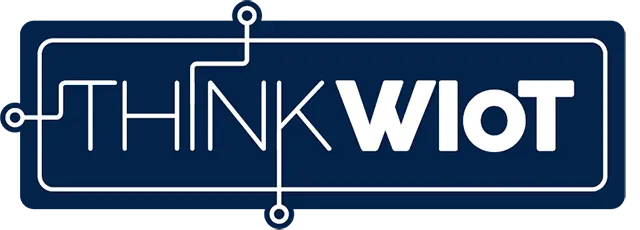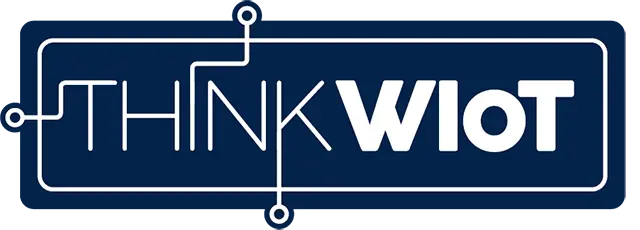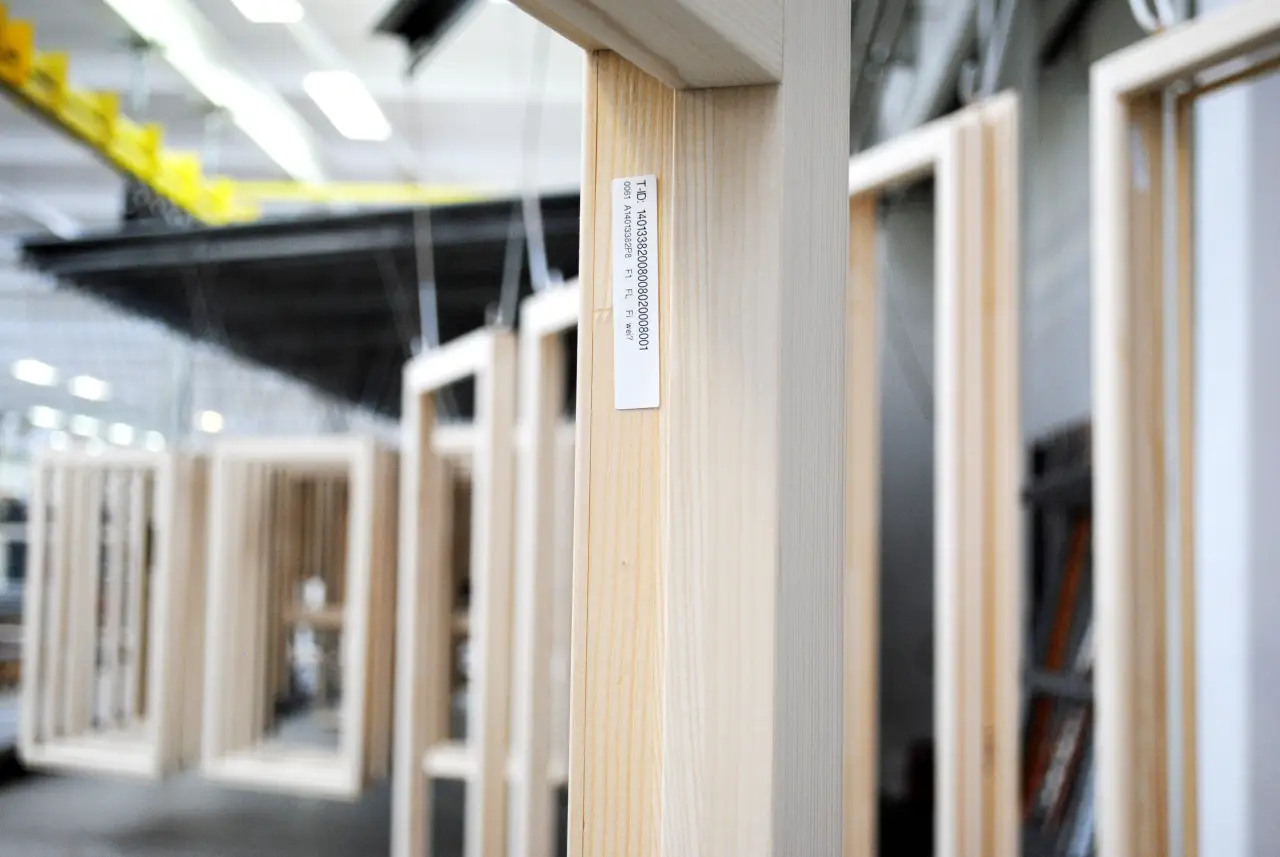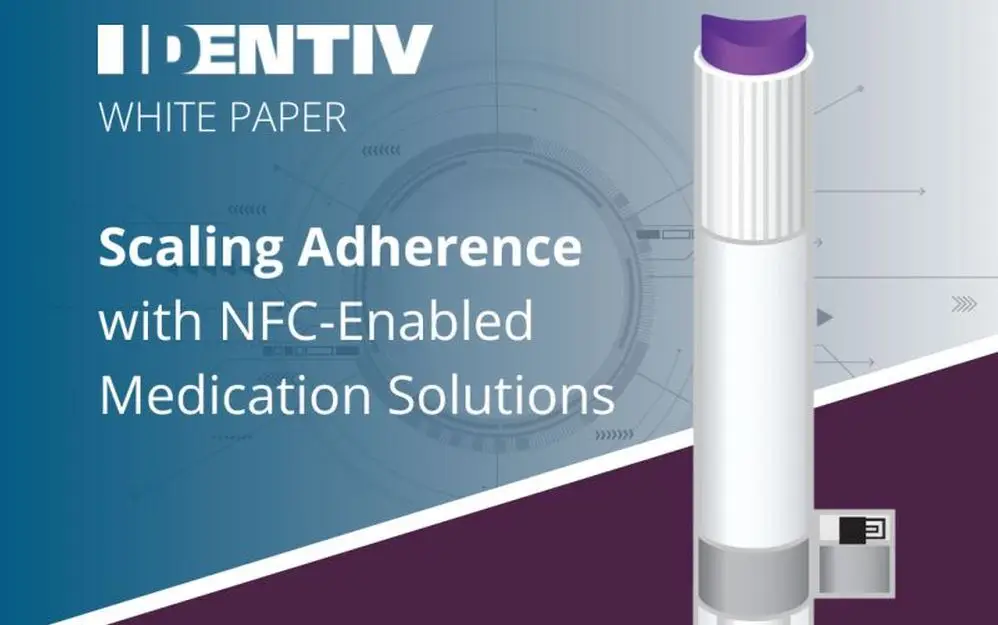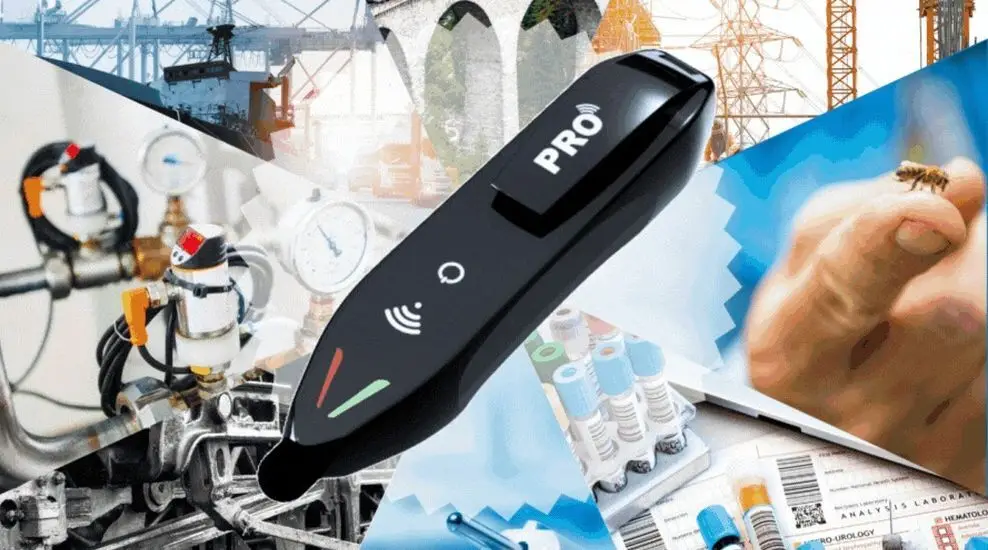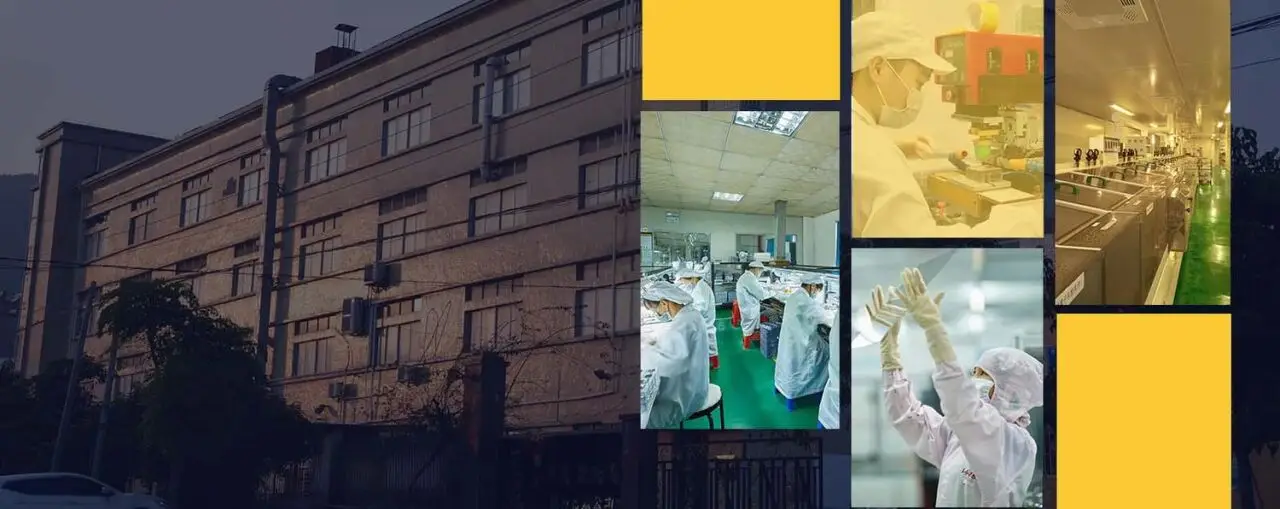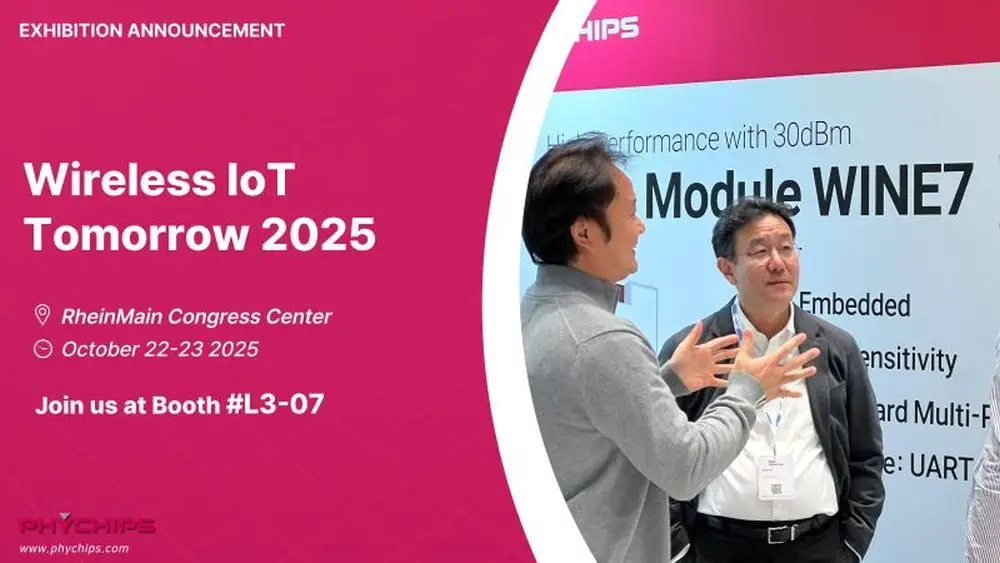6G research at TU Berlin: €1.5 million for basic research
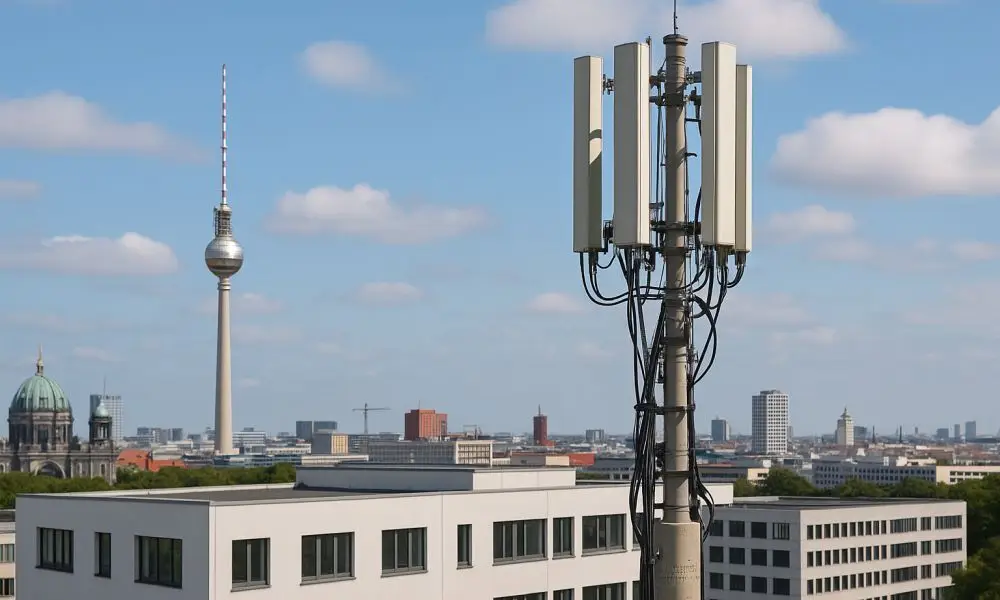
The future of mobile communications is taking shape in Berlin: Dr. Shuangyang Li, a researcher in Prof. Dr. Giuseppe Caire's "Theoretical Foundations of Communication Technology" department at the Technical University of Berlin, has been awarded a prestigious ERC Starting Grant from the European Research Council.
The €1.5 million grant will enable Li to conduct fundamental research for the 6G mobile communications standard over the next five years. 6G is set to be introduced worldwide from 2030 as the successor to 5G.
Global data hunger drives development
The demand for mobile data transmission is growing rapidly: between 2023 and 2024, global mobile data traffic increased by 25 percent. By the end of 2029, 75 percent of the world's population will be using a mobile phone – and the trend is rising.
New technologies such as the Internet of Things (IoT), autonomous driving, smart production methods in industry and agriculture, and AI systems that make decisions independently will further increase the pressure on existing mobile networks.
6G is designed to meet this demand and could enable comprehensive high-speed coverage anywhere in the world through a combination of satellites, radio balloons, drones, and land-based transmitters.
"Our goal is to develop a mobile communications infrastructure that provides reliable, high-speed Internet anywhere, anytime," says Shuangyang Li.
New approaches instead of just higher speeds
While earlier generations of mobile communications focused primarily on higher data rates, 6G takes a more holistic approach. A key concept here is "Integrated Sensing and Communication" (ISAC) – the linking of communication and sensor technology.
Until now, communication and radar systems, for example in the automotive sector, have been developed separately. ISAC, on the other hand, uses the same frequency spectrum and hardware for both applications. This not only saves resources, but also allows movement and environmental information to be directly incorporated into the optimization of the mobile communications connection.
"ISAC is considered a promising approach for 6G," explains Li. "I will build on this in my project and try to add a new dimension to it."
Interference factors as the key to success
Until now, the Doppler effect and time delays in radio networks have been considered interference. Li wants to use these effects instead to gain a more accurate picture of the radio channels.
Doppler effect: Familiar from the siren of an ambulance – sounds are higher when the vehicle approaches and lower when it moves away. The same thing happens with electromagnetic waves when the transmitter or receiver moves.
Time delay: Occurs when radio signals are reflected, for example, by walls and therefore arrive later than the direct path would suggest.
By analyzing these phenomena in detail, radio paths can be distinguished, enabling better modulation and thus more efficient information transmission.
"If we precisely determine the movements and positions of mobile devices, these effects can be specifically integrated into the signal calculation," says Li. "This turns them from unpredictable disturbances into useful information."
Algorithms and waveforms for the future
The project focuses not only on theoretical models, but also on practical implementation: Li will develop new algorithms that can perform complex calculations in real time. He is also searching for the optimal waveform suitable for this new type of information processing.
The results could have an impact far beyond mobile communications. Potential areas of application include:
Autonomous driving and vehicle sensor technology
Environmental sensors for more precise measurements
Industry 4.0 and smart production facilities
Drone flights with optimized communication and navigation
Significance for Europe as a business location
The ERC Starting Grant funding is a strong signal for European mobile communications research. 6G is a strategically important topic for the future that not only poses technical challenges but also has economic and political implications.
Europe is thus positioning itself as a leading innovation hub in the global race for the next mobile communications standard. Shuangyang Li's project is helping to lay the technological foundations that can later be incorporated into industrial applications and global standards.
Conclusion
With his research, Dr. Shuangyang Li is laying the foundation for a new generation of mobile communications. His approach of not combating interference effects but using them in a targeted manner could fundamentally change the way data is transmitted.
6G will not only be faster, but also smarter – paving the way for a world in which billions of devices communicate seamlessly with each other. The €1.5 million in funding will ensure that Berlin and Europe play a leading role in this development.
Read more at: tu.berlin/eecs
ERC Starting Grant
Ekaterina Zaharieva, European Commissioner for Startups, Research and Innovation, said:
Among the winners in this new round of prestigious EU funding via the European Research Council are researchers of more than 50 nationalities, all advancing knowledge across a wide range of scientific fields. This demonstrates Europe’s potential to attract and keep top scientific talent. We see leading scientists coming to Europe with these new grants, and many choosing to remain here thanks to this support.
Are you a talented young scientist who has already produced excellent supervised research work, is ready to work independently, and has the potential to take on a leading role in research? Then the ERC Starting Grant could be just right for you.
